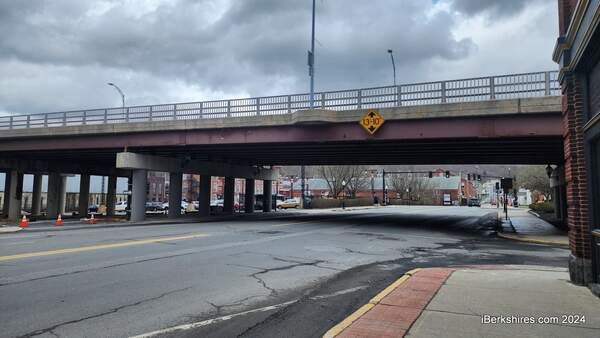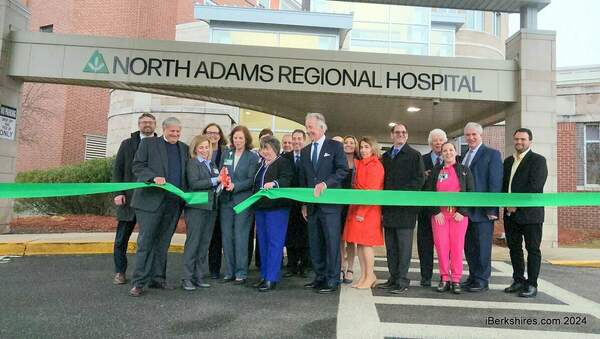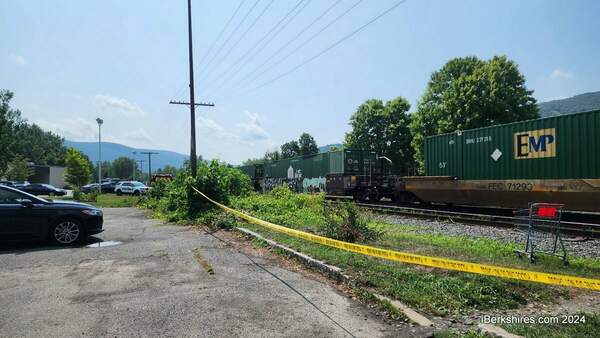
Retirees: Talk finances with your grown children
When you're retired, you'll likely have some financial concerns — just like all retirees. However, if you've invested regularly and followed a long-term financial strategy, you should be able to address most issues that come your way. But there's one important action that's sometimes overlooked by retirees: sharing their financial situation with their grown children. And this knowledge can benefit everyone in your family.
You might be surprised by the concern your children have for your financial well-being. Consider these findings from a 2023 study by Age Wave and Edward Jones:
-
66 percent of millennials (generally defined as ranging from 27 to 42) worry that their parents or in-laws may not have enough money to live comfortably in retirement.
-
83 percent of millennials would rather know their parents are financially secure in their retirement, even if it means their parents pass on less money to them.
If you have children in this age range or older, or who soon will be, how can you address their concerns and potentially improve your financial outlook? Communication is the key. By openly communicating with your family about your financial status, you can reduce anxieties and misperceptions. If you're in good financial shape, your adult children may be reassured that you won't be needing their assistance. And if you are feeling some financial pressures, you can inform your children of the steps you are taking to improve your situation.
One such step may be to reduce your cost of living — the less you spend day to day, the better your ability to preserve your investment and retirement accounts. You may be able to reduce costs in many small ways, such as ending streaming services you no longer use, but you could make an even bigger impact by downsizing your living arrangements. In fact, 72 percent of today's retirees have downsized or are willing to downsize to reduce their housing costs, according to the Age Wave/Edward Jones survey. Downsizing isn't for everyone, but if it's a possibility for you, it may be worth considering because the savings could be significant.
You may also be able to reduce or consolidate your debts. Start by understanding how much and what kinds of debt you have. Then, consider ways to lower your payments, such as refinancing. For example, if you're carrying a balance on multiple credit cards, you might be able to transfer the amounts you owe onto a single card with a more favorable interest rate.
Here's another move to consider: Adjust your investment mix to possibly provide you with more income in retirement. During your working years, you may have invested primarily for growth — after all, you could be retired for two or more decades, so you'll need to draw on as many financial assets as possible. But once you're retired, your investment focus may need to shift somewhat toward income-producing opportunities. Keep in mind, though, that you'll still need some growth potential to help keep ahead of inflation.
One final suggestion: Let your children know if you already have a strategy in place to meet the potentially high costs of long-term care, such as a nursing home stay. This burden is certainly something you won't want your children to take on.
By informing your children about your financial picture, and how you're trying to improve it, you can ease everyone's minds — so keep the lines of communication open.
This article was written by Edward Jones for use by your local Edward Jones financial advisor. Courtesy of Rob Adams, 71 Main Street, North Adams, MA 01247, 413-664-9253.. Edward Jones, its employees and financial advisors cannot provide tax or legal advice. You should consult your attorney or qualified tax advisor regarding your situation. For more information, see This article was written by Edward Jones for use by your local Edward Jones financial advisor. Courtesy of Rob Adams, 71 Main Street, North Adams, MA 01247, 413-664-9253.. Edward Jones, its employees and financial advisors cannot provide tax or legal advice. You should consult your attorney or qualified tax advisor regarding your situation. For more information go to www.edwardjones.com/rob-adams.

















